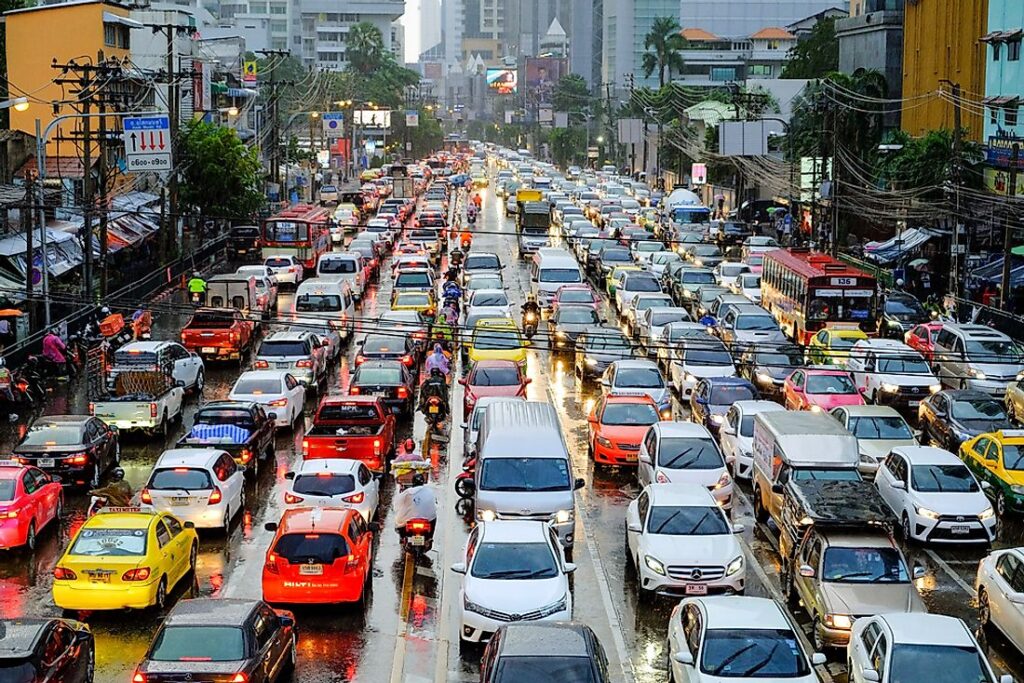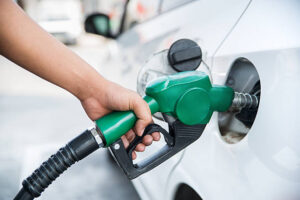Bengaluru and Pune Rank Among Asia’s Most Congested Cities, Wasting 132 and 128 Extra Hours in Traffic

Bengaluru and Pune Rank Among Asia’s Most Congested Cities, Wasting 132 and 128 Extra Hours in Traffic
Even with attempts to enhance traffic management, the roads in this city continue to rank among the slowest in Asia.
In Bengaluru, motorists typically spend around 28 minutes and 10 seconds for every 10 kilometers they travel in traffic, which adds up to approximately 132 additional hours spent in congestion each year, according to the TomTom Traffic Index 2023.
Residents of the Indian tech hub endure approximately 132 additional hours each year caught in traffic during peak hours.
These results underscore the significant congestion in Bengaluru, a city recognized for its swiftly increasing population and developing urban infrastructure. Even with attempts to enhance traffic management, the roads in this city continue to rank among the slowest in Asia.
In a worldwide comparison, London emerged as the slowest city center for driving last year, with an average travel time of 37 minutes and 20 seconds for every 10 kilometers.
Statista reports that Pune, located in western India, ranks second for the longest travel times, averaging 27 minutes and 50 seconds for every 10 kilometers. It is closely followed by Manila in the Philippines at 27 minutes and 20 seconds, and Taichung in Taiwan, which has an average of 26 minutes and 50 seconds.
The instagram post was captioned, “In the first place are Asia’s worst cities for traffic. In Bengaluru, drivers spend an average of 28 minutes and 10 seconds per 10 km in traffic, totaling about 132 extra hours in rush hour annually, according to the TomTom Traffic Index 2023. Pune, Manila, and Taichung also rank among the slowest city centers in Asia, while London tops the global list with the longest travel times.”
The TomTom Traffic Index encompasses 387 cities in 55 countries across 6 continents, assessing urban areas globally based on average travel times, fuel expenses, and CO2 emissions. It offers complimentary access to valuable and high-quality insights. This resource is beneficial for drivers, pedestrians, city planners, automotive professionals, and policymakers alike, aiding in the management of daily traffic issues.











